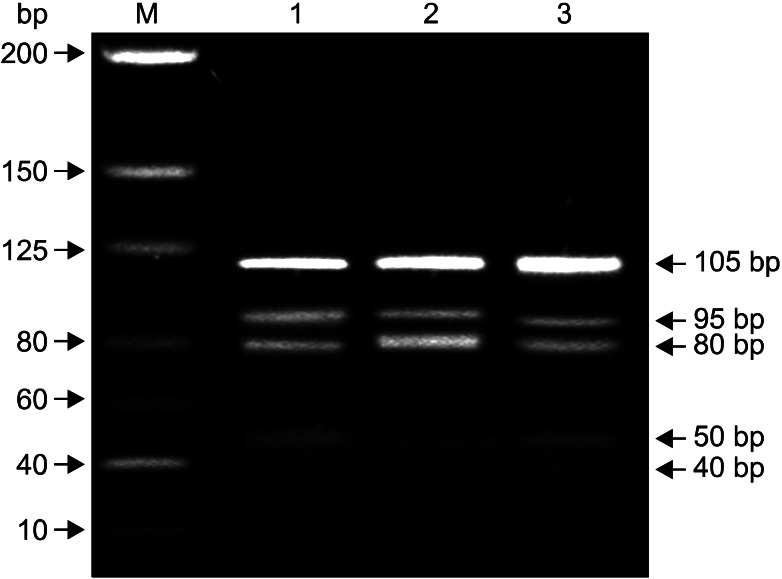1. Griffith DE, Aksamit T, Brown-Elliott BA, Catanzaro A, Daley C, Gordin F, et al. An official ATS/IDSA statement: diagnosis, treatment, and prevention of nontuberculous mycobacterial diseases. Am J Respir Crit Care Med. 2007; 175:367–416. PMID:
17277290.

2. Daley CL, Griffith DE. Pulmonary disease caused by rapidly growing mycobacteria. Clin Chest Med. 2002; 23:623–632. PMID:
12370998.

3. Colombo RE, Olivier KN. Diagnosis and treatment of infections caused by rapidly growing mycobacteria. Semin Respir Crit Care Med. 2008; 29:577–588. PMID:
18810691.

4. Wallace RJ Jr, Swenson JM, Silcox VA, Good RC, Tschen JA, Stone MS. Spectrum of disease due to rapidly growing mycobacteria. Rev Infect Dis. 1983; 5:657–679. PMID:
6353528.

5. Griffith DE, Girard WM, Wallace RJ Jr. Clinical features of pulmonary disease caused by rapidly growing mycobacteria: an analysis of 154 patients. Am Rev Respir Dis. 1993; 147:1271–1278. PMID:
8484642.

6. Singh N, Yu VL. Successful treatment of pulmonary infection due to
Mycobacterium chelonae: case report and review. Clin Infect Dis. 1992; 14:156–161. PMID:
1571422.
7. Goto T, Hamaguchi R, Maeshima A, Oyamada Y, Kato R. Pulmonary resection for
Mycobacterium chelonae infection. Ann Thorac Cardiovasc Surg. 2012; 18:128–131. PMID:
22001214.
8. Lee H, Park HJ, Cho SN, Bai GH, Kim SJ. Species identification of mycobacteria by PCR-restriction fragment length polymorphism of the
rpoB gene. J Clin Microbiol. 2000; 38:2966–2971. PMID:
10921960.
9. Benson DA, Karsch-Mizrachi I, Lipman DJ, Ostell J, Wheeler DL. GenBank. Nucleic Acids Res. 2007; 35:D21–D25. PMID:
17202161.

10. Adekambi T, Drancourt M. Dissection of phylogenetic relationships among 19 rapidly growing
Mycobacterium species by 16S rRNA,
hsp65,
sodA,
recA and
rpoB gene sequencing. Int J Syst Evol Microbiol. 2004; 54(Pt 6):2095–2105. PMID:
15545441.
11. Kusunoki S, Ezaki T. Proposal of
Mycobacterium peregrinum sp. nov., nom. rev., and elevation of
Mycobacterium chelonae subsp.
abscessus (Kubica et al.) to species status:
Mycobacterium abscessus comb. nov. Int J Syst Bacteriol. 1992; 42:240–245. PMID:
1581184.
12. Lee MR, Keng LT, Shu CC, Lee SW, Lee CH, Wang JY, et al. Risk factors for
Mycobacterium chelonae-abscessus pulmonary disease persistence and deterioration. J Infect. 2012; 64:228–230. PMID:
22101165.
13. Scarparo C, Piccoli P, Rigon A, Ruggiero G, Nista D, Piersimoni C. Direct identification of mycobacteria from MB/BacT alert 3D bottles: comparative evaluation of two commercial probe assays. J Clin Microbiol. 2001; 39:3222–3227. PMID:
11526154.

14. Hazelton TR, Newell JD Jr, Cook JL, Huitt GA, Lynch DA. CT findings in 14 patients with
Mycobacterium chelonae pulmonary infection. AJR Am J Roentgenol. 2000; 175:413–416. PMID:
10915685.
15. Nash KA, Brown-Elliott BA, Wallace RJ Jr. A novel gene, erm(41), confers inducible macrolide resistance to clinical isolates of
Mycobacterium abscessus but is absent from
Mycobacterium chelonae. Antimicrob Agents Chemother. 2009; 53:1367–1376. PMID:
19171799.






 PDF
PDF ePub
ePub Citation
Citation Print
Print


 XML Download
XML Download